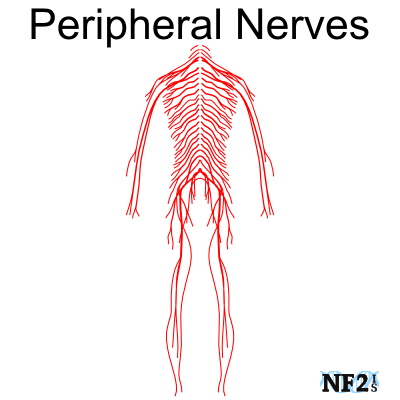Perception: the process of organizing and interpreting sensory information, enabling us to recognize meaningful objects and events.
Bottom-up processing: analysis that begins with the brain receptors and works up to the brains integration of sensory information.
Top-down processing: information processing guided by higher level mental processes, as when we construct perceptions drawing on our experience and expectations.
Psychophysics: the study of relationships between the physical characteristics of stimuli, such as their intensity, and our psychological experience of them.
Absolute Threshold: the minimum stimulation needed to detect a particular stimulus 50% of the time.
Subliminal: Below ones absolute threshold for conscious awareness.
Difference Threshold: the minimum difference that a person can detect between 2 stimuli.
Weber's Law: the principle that, to percieve their difference, 2 stimuli must differ by a constant minimum percentage.
Sensory Adaptation: diminished sensitivity as a consequence of constant stimulation.
Transduction: conversion of one form of energy to another. Transforming of stimulus energies into neural impulses.
The Eye
Wavelength: the distance from the peak of one light or sound wave to the peak of the next.
Hue: the dimension of color that is determined by the wavelength of light; what we know as the color names blue, green and so forth.
Intensity: the amount of energy in a light or sound wave.
Pupil: the adjustable opening in the center of the eye through which light enters.
Iris: ring of colored muscle tissue that forms the colored portion of the eye around the pupil and controls size of pupil opening.
Lens: the transperent structure behind the pupil that changes shape to focus images on the retina.
Accommodation: the process by which the eyes lens changes shape to focus the image of near objects on the retina,
Retina: the light sensitive inner surface of the eye, containing the receptor rods and cones plus layers of neurons that begin the processing of visual information.
Acuity: the sharpeness of vision.

